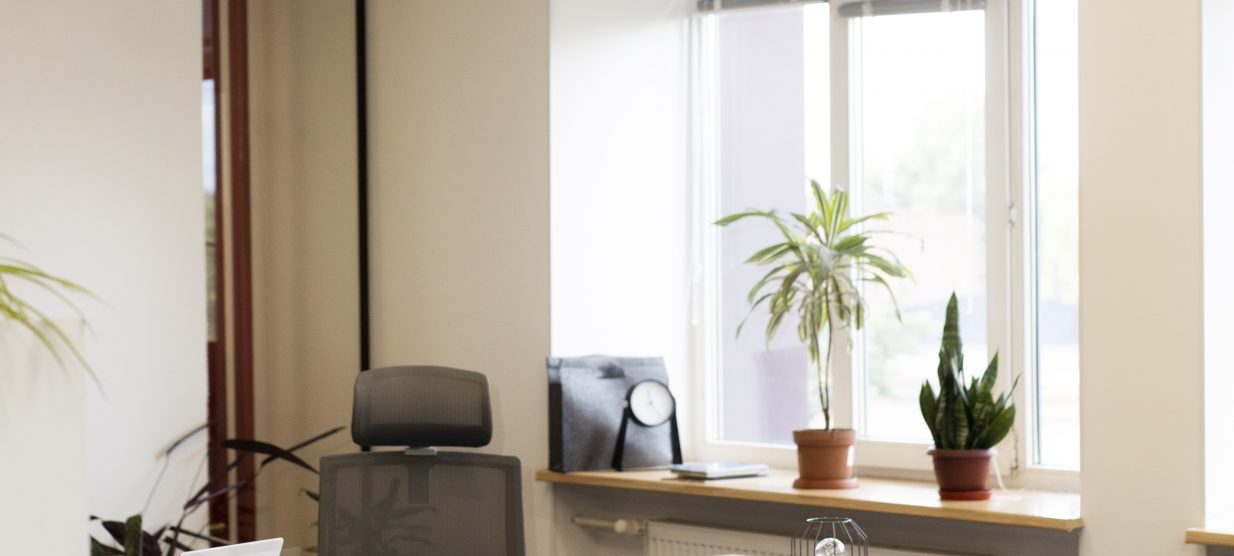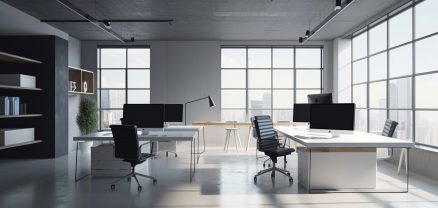Exploring Biophilic Designs in Serviced Offices
The way we design our workspaces plays a vital role in how we feel, think, and perform daily. Biophilic design, which incorporates elements of nature into indoor spaces, has emerged as a powerful trend in workplace design, particularly in serviced office environments. By reconnecting people with nature, biophilic designs can enhance well-being, productivity, and creativity, creating offices that feel both vibrant and calming.
Serviced offices, offering modern and flexible workspaces, are uniquely positioned to integrate biophilic design principles and transform the traditional office experience. Below, we’ll explore what biophilic design is, its advantages, and how serviced offices are creatively incorporating these natural elements.
What Is Biophilic Design?
Biophilic design is the practice of bringing nature into the built environment to foster a closer connection to the natural world. Coined by the biologist Edward O. Wilson, the term “biophilia” refers to humanity’s innate affinity for nature. This design philosophy includes features such as natural light, plants, water elements, organic shapes, and natural materials like wood or stone.
Unlike traditional office spaces that can feel sterile and disconnected, biophilic designs aim to create an environment that promotes comfort, inspiration, and harmony. For serviced offices, this approach offers exceptional potential to enhance the working experience of diverse tenants.
Benefits of Biophilic Design in Serviced Offices
1. Boosting Employee Well-Being
Working in a biophilic office can significantly improve an individual’s well-being. Exposure to natural elements helps reduce stress, lowers blood pressure, and even improves mood. For serviced offices where employees and businesses come and go, maintaining a sense of calm in a fast-paced setting is particularly valuable.
Greenery, for instance, is a quintessential feature of biophilic spaces, and its psychological benefits are well-documented. A living wall of plants in a shared collaboration space or scattered pots of greenery throughout the office can make even the busiest environments feel restful and welcoming.
2. Improving Productivity and Focus
Biophilic designs are not just about beauty; they also drive productivity. A well-designed workspace with natural light and soothing elements can help employees concentrate more effectively. Studies show that workers exposed to daylight are more alert and experience less fatigue during their shifts.
Serviced offices with biophilic layouts ensure tenants can make the most of their time by fostering mental clarity and focus. Incorporating skylights, large windows, or even reflective surfaces that maximize natural light is a common approach in such spaces.
3. Inspiring Creativity
The organic patterns and textures found in nature spark creativity and innovation. Employees often perform better when surrounded by inspiring visuals, like cascading green walls or artwork with natural themes. This makes biophilic design not only ideal for individual workspaces but also creative zones within service offices, such as brainstorming rooms or innovation hubs.
Adding elements such as water features or textured walls that mimic natural forms can further stimulate creative thinking, which is often critical for businesses housed in serviced offices.
4. Creating a Unique Atmosphere
Biophilic designs also make a serviced office stand out. By offering an environment that emphasizes health and connectivity with nature, serviced offices can cater to companies that prioritize employee satisfaction and attractive work cultures. This unique ambiance becomes a business advantage, appealing not only to tenants but also to their clients and partners who visit the space.
Key Elements of Biophilic Design in Serviced Offices
Natural Light
Access to natural light is a foundational aspect of biophilic design. Serviced offices can optimize spaces by incorporating floor-to-ceiling windows, open layouts, and reflective finishes that enhance the distribution of natural light. Sunlight doesn’t just save energy; it invigorates the work environment.
Greenery and Plants
Plants are perhaps the easiest and most impactful way to introduce biophilic design. Whether it’s large potted plants, vertical green walls, or small succulents on desks, greenery fosters a sense of calm and improves air quality. These features can be distributed throughout serviced offices to ensure every corner feels lively and fresh.
Organic Materials and Textures
Using natural materials like wood, stone, and bamboo, serviced offices can create spaces that feel warm and authentic. Organic shapes and patterns in furniture, decor, and flooring mimic nature, boosting psychological comfort. For tenants looking for a workspace that feels more human and less industrial, these details make a major difference.
Open and Flexible Layouts
Biophilic design often includes open layouts that allow seamless flow and encourage interaction. These configurations are particularly well-suited to serviced offices, which need to accommodate various businesses with diverse space needs. Flexible partitions, moveable seating, and co-working zones align naturally with biophilic elements.
The Future of Biophilic Serviced Offices
The rising popularity of biophilic design reflects a shift in work culture. Employees value environments that prioritize their physical and mental health, and serviced offices are uniquely positioned to meet this demand. By blending practicality with the soothing power of nature, these spaces offer a better way to work.
For businesses looking to create a fulfilling and innovative workplace for their teams, biophilic design is a bright path forward. Serviced offices, with their inherent flexibility and modern approach, are proving to be ideal spaces to showcase the full potential of bringing nature to work.

Do not hesitate to contact us
Get in touch, if you have any question

